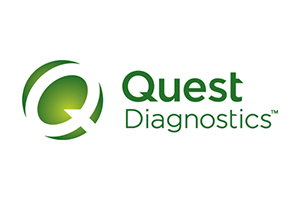Webinar Wednesday – “Is this thing on?” Measuring technology self-efficacy and attitudes in cardiac rehabilitation patients’ adoption of a virtual care platform

When our cardiac rehabilitation (CR) program transitioned to virtual care (VC) with the COVID19 pandemic, support tools to identify patients’ capacity for VC engagement were unavailable. We assembled a survey to measure patients’ self-efficacy (SE) and attitudes for using technology to engage in VC. Our objective was to compare technology SE and attitudes among patients who had a VC-compatible device, who attended a virtual CR intake (VC-attendees) versus those who did not attend or attended by telephone (telephone/non-attendees).
METHODS/RESULTS: A 30-item survey was assembled by adapting questions from validated instruments. Four subscales included items from: Technology Skills SE, Novel Technology Use SE, Healthcare Technology SE (HTSE), and Health Technology Attitudes. Items were rated on a 3 or 5-point Likert scale. Patients were emailed the survey following an intake-scheduling telephone call with administrative staff. Proportions were used to characterize samples; survey scores were expressed as means (± standard deviation, SD), non-parametric statistics were used to compare scores between groups (significance: 2-sided p<0.05), Cronbach’s alpha coefficient was used to assess reliability (significance:α>0.7).
One-hundred patients (36 females; mean age 65.1yrs ± 11.1) completed the survey. The standardized internal consistency estimate met significance for the entire instrument (α=0.947). Eighty-six patients attended VC (31% females; mean age 64.1yrs ± 11.0); 14 were telephone/non-attendees (29% females; mean age 71.5yrs ± 9.7). For VC-attendees versus telephone/non-attendees, respectively, the HTSE subscale differed significantly between groups (14.48± 3.63 vs. 12.43 ±2.79; p=0.034). Individual items of: opening a web browser (3-point scale; 2.69 ± 0.66 vs. 2.29 ± 0.83; p=0.025), clicking a hyperlink (3-point scale; 2.78± 0.50 vs. 2.43 ± 0.76 p=0.035), downloading apps (3-point scale; 2.48 ± 0.75 vs. 2.00 ±0.88; p=0.038); using novel technology with only a user manual (3-point scale; 2.12 ± 0.69 vs. 1.57 ± 0.65; p=0.008); health technology skills (5-point scale; 3.78 ± 1.16 vs. 3.21 ± 0.80; p=0.021), and comfort using health technology (5-point scale; 3.53 ± 1.19 vs. 2.86 ± 0.86; p=0.017) differed significantly between groups. No other significant differences were observed.
CONCLUSION: In contrast to measures of attitudes and other definitions of self-efficacy, health technology SE may influence patients’ ability to adopt VC successfully. Support tools, such as ours, can predict the likelihood of VC adoption to guide resource allocation and enhance care access. We are currently streamlining the instrument to assess utility and predictive validity of health technology SE as a support tool for patient VC adoption.





